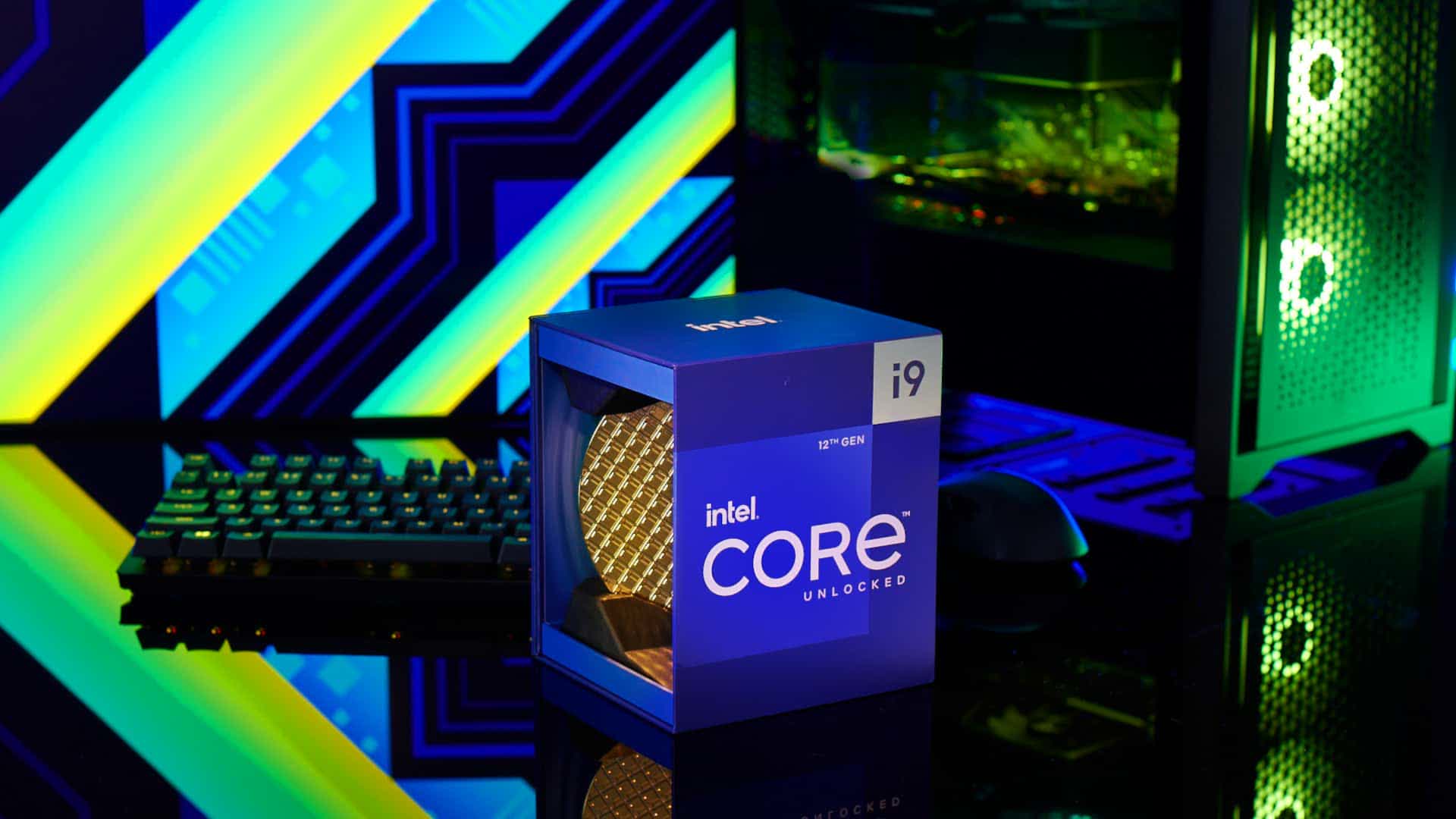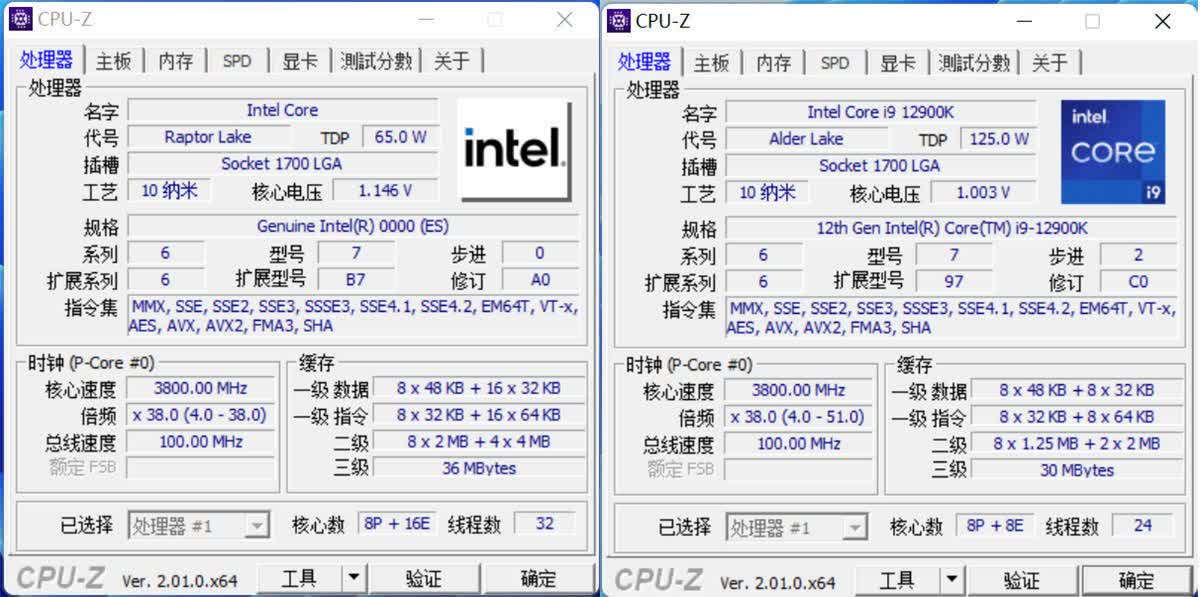Highly anticipated: The frequency of leaks surrounding Intel's upcoming 13th-gen processors keeps increasing as we get closer to their launch. New benchmarks of an i9-13900 engineering sample show that the CPU will feature an impressive boost to multi-threaded performance, thanks to the addition of eight extra E-cores.

Intel's 13th-gen Raptor Lake CPUs are still a few months away from launch, but that hasn't stopped a Chinese tech site from obtaining and testing an early sample of the i9-13900.
It features 8 Performance cores and a whopping 16 Efficient cores, twice that of its predecessor, the i9-12900. Other notable differences are a new microarchitecture for the P-cores, codenamed Raptor Cove, and an increased amount of L2 and L3 cache.

ExpReview used a current-gen Z690 motherboard for testing and found that the unreleased processor is surprisingly already supported. However, due to it being an engineering sample, the big cores only boost up to 3.8 GHz.
In application benchmarks, the i9-13900 is 20 percent faster on average compared to an i9-12900K locked at the same frequency, thanks to those extra E-cores. The Raptor Lake chip is a bit slower than its predecessor in single-threaded workloads and gaming, though we can probably chalk that up to the unfinalized microcode and lack of proper BIOS support.
🥵6 GHz turbo MAYBE will appear in one SKU. (in ETVB mode)🤣
— Raichu (@OneRaichu) June 21, 2022
I guess it should not be normal sku. https://t.co/SFubzjdXNG
Earlier this week, Intel also updated its Extreme Tuning Utility, adding support for something it calls "Efficient Thermal Velocity Boost" and some new overclocking functionalities. A hardware leaker has suggested a high-end Raptor Lake SKU (a successor to the i9-12900KS?) might use these features to boost up to 6 GHz on one or two cores.
In related news, a list of Asrock's upcoming Z790 and H770 motherboards leaked recently, confirming that Intel's Raptor Lake platform will still support DDR4 memory.
https://www.techspot.com/news/95074-intel-core-i9-13900-engineering-sample-20-faster.html